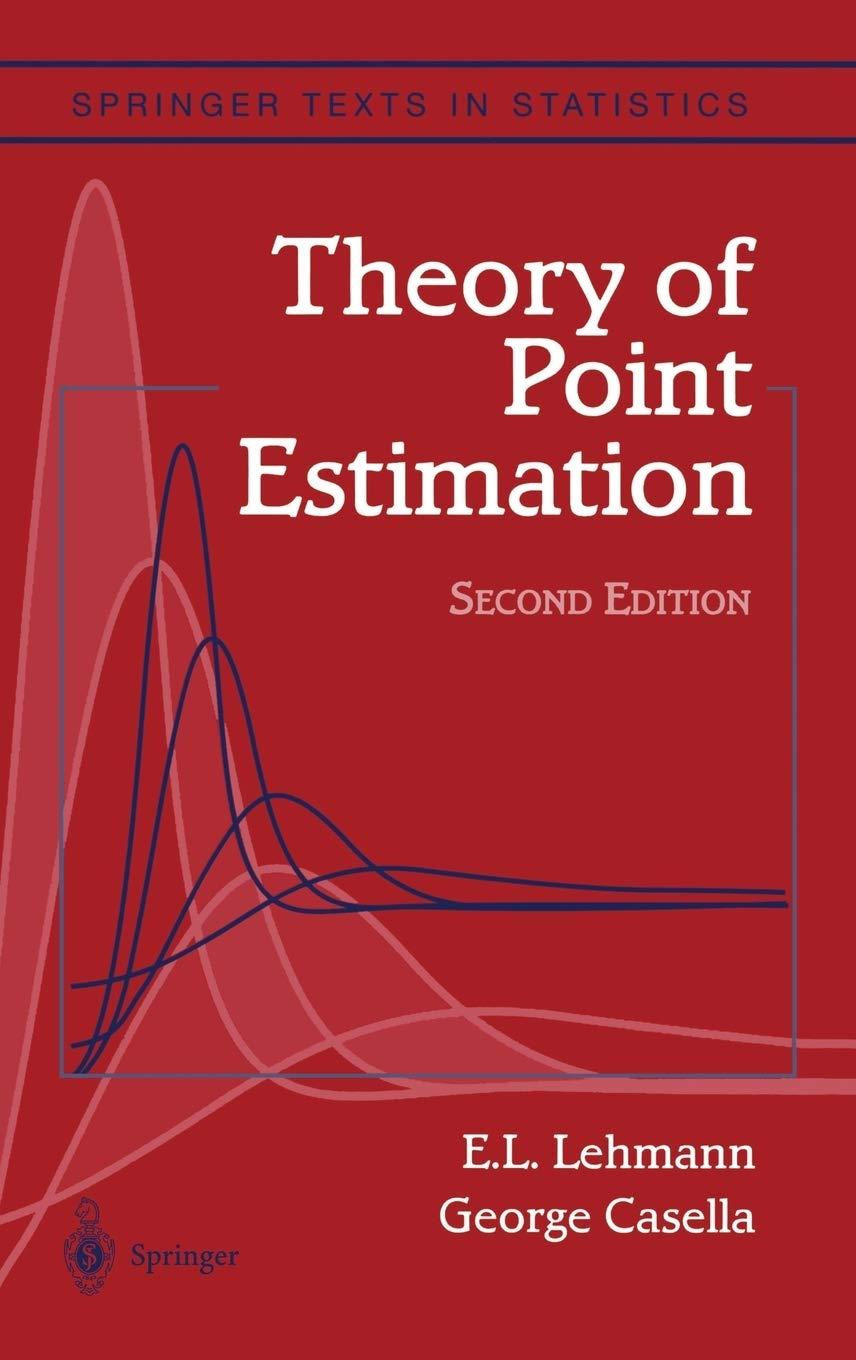2.8, results in inequality (4.18), which does not establish admissibility. (b) Stein (in James and Stein 1961),
Question:
2.8, results in inequality (4.18), which does not establish admissibility.
(b) Stein (in James and Stein 1961), proposed the sequence of priors that works to prove X is admissible by the limiting Bayes method. A version of these priors, given by Brown and Hwang (1982), is gn(θ ) =
1 if |θ | ≤ 1 1 − log |θ |
log n if 1 ≤ |θ | ≤ n 0 if |θ | ≥ n for n = 2, 3,.... Show that δgn (x) → x a.e. as n → ∞.
Fantastic news! We've Found the answer you've been seeking!
Step by Step Answer:
Related Book For 

Theory Of Point Estimation
ISBN: 9780387985022
2nd Edition
Authors: Erich L. Lehmann, George Casella
Question Posted:






